Dill Plant Care: Tips For Treating Pests On Dill Plants
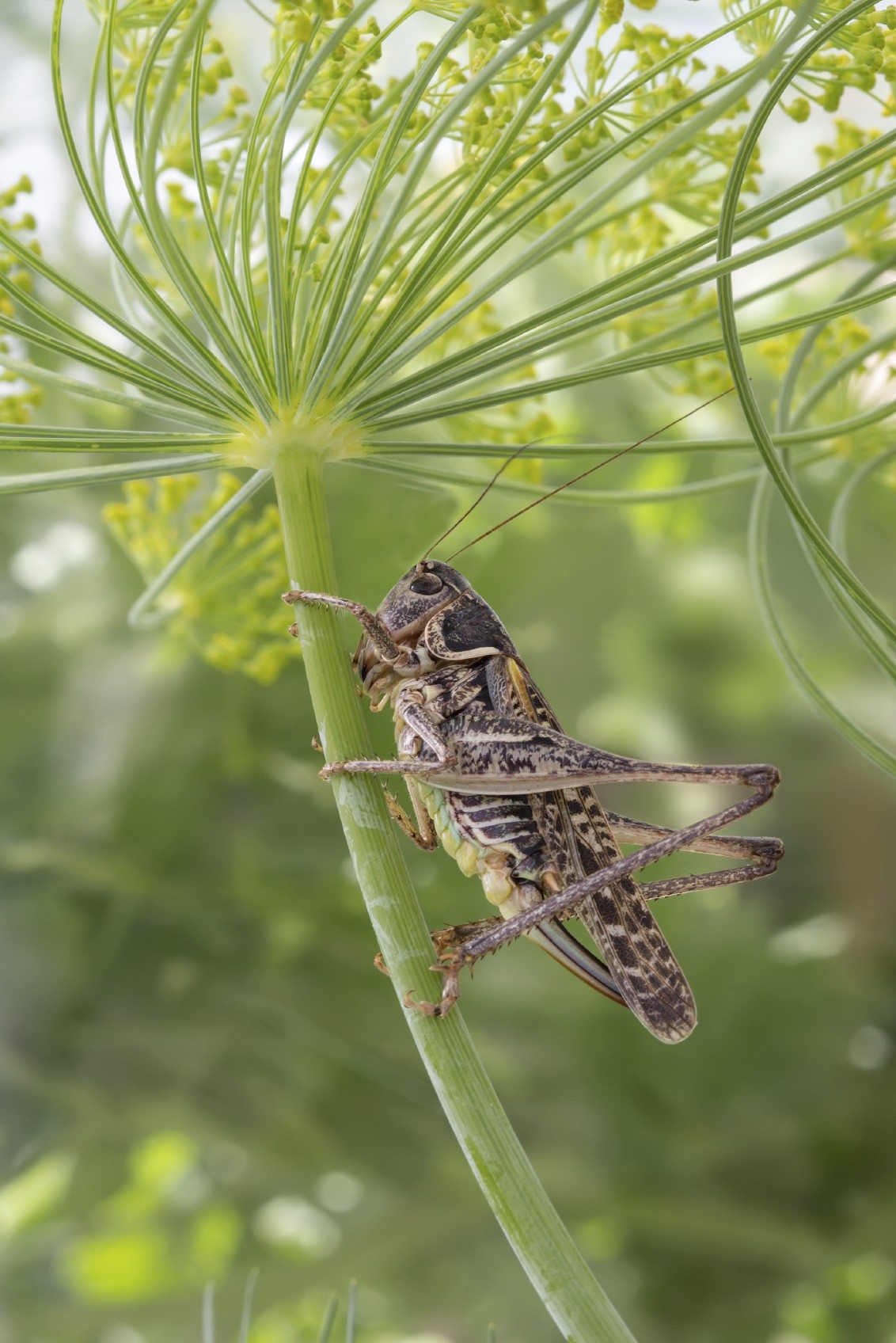
Delicious on fish and a must for any self-respecting dill pickle lover, dill (Anethum graveolens) is an herb native to the Mediterranean. As with most herbs, dill is fairly easy to care for, but it does have its share of dill plant pests. Read on to find out about getting rid of insects on dill and other dill plant care.
Pests on Dill Plants
Dill isn’t bothered by too many pests. That said, there are a few frequent insects that enjoy feasting on these plants.
Aphids
One of the more common pests on dill plants is the aphid. This comes as no surprise since aphids seem to enjoy munching on everything. A few aphids are no big deal, but aphids tend to multiply rapidly and can then severely weaken the plant. Interestingly, you may have heard that if you have plants that are being attacked, you should plant dill near them. The dill acts as a magnet to the aphids, drawing them to the herb, and removing the threat from other plants. Aphid pests on dill plants usually meet their downfall in the form of the herb’s flowers. The small flowers are a powerful attractor to ladybugs, and ladybugs just happen to love dining on aphids. If your dill is in bloom, the problem will probably take care of itself. If not, you can always buy some ladybugs and sprinkle them onto the aphid-infested dill.
Caterpillars and Worms
Another dill plant pest is the parsley worm. These caterpillars will eventually become gorgeous, black swallowtail butterflies. They are usually not so plentiful that they will destroy the dill, but if you want to avoid any damage, simply remove them by hand. Less benign is the armyworm whose young larvae feed heavily wreaking havoc on foliage. The armyworm reproduces rapidly as well, with from three to five generations in a single year. Biological control of Bacillus thuringiensis can be used to parasitize the larvae. Chemical control for the home gardener is limited in its usefulness. Cutworm larvae can eat clean through stems at the soil line. These pests are active at night but can be seen when the soil is disturbed during the day in their tell-tale curled C-shape. Cutworms, sort of like aphids, like almost everything to eat. They are difficult to treat. Remove all plant detritus from the area post-harvest or at least two weeks prior to replanting. Use plastic or foil collars around the plant stems, dug down into the soil several inches (8-15 cm.) to prevent the larvae from severing stems. Also, spread diatomaceous earth around the base of the plants which will cut the worms if they crawl over it.
Other Dill Pests
Other less common pests affecting dill plants include grasshoppers, tomato hornworms, slugs, and snails.
Dill Plant Care and Pest Control
Dill plant care is simple but vital to the health of the plant. If the dill is in good health, generally getting rid of insects on dill is not imperative unless there is a severe infestation. Dill thrives in a full sun location in well-draining soil amended with organic fertilizer like compost. Sow the seeds in early spring once the ground has warmed. Plant the seeds just below the surface of the soil. Keep the plant regularly watered. A self-seeding annual, healthy dill will return year after year. The lovely lacy, yellow flowers will attract not only ladybugs but parasitic wasps, which attack all manner of caterpillars. Between these two predator insects, dill stands a good chance of making it into those homemade dill pickles.
Gardening tips, videos, info and more delivered right to your inbox!
Sign up for the Gardening Know How newsletter today and receive a free copy of our e-book "How to Grow Delicious Tomatoes".

Amy Grant has been gardening for 30 years and writing for 15. A professional chef and caterer, Amy's area of expertise is culinary gardening.
-
 Terrifically Tubular Flowers For Hummingbirds: 9 Tube-Flowered Plants To Attract Hummers
Terrifically Tubular Flowers For Hummingbirds: 9 Tube-Flowered Plants To Attract HummersGrowing tubular flowers for hummingbirds helps you create the optimum feeding conditions for your winged friends. Here are nine tubed delights for hummers
By Tonya Barnett
-
 How To Grow Hydroponic Tomatoes For Fresh Indoor Harvests – No Soil Required
How To Grow Hydroponic Tomatoes For Fresh Indoor Harvests – No Soil RequiredLearning how to grow tomatoes in water is easy and allows you to harvest fresh-home-grown produce in every season without any mess.
By Ellen Wells
-
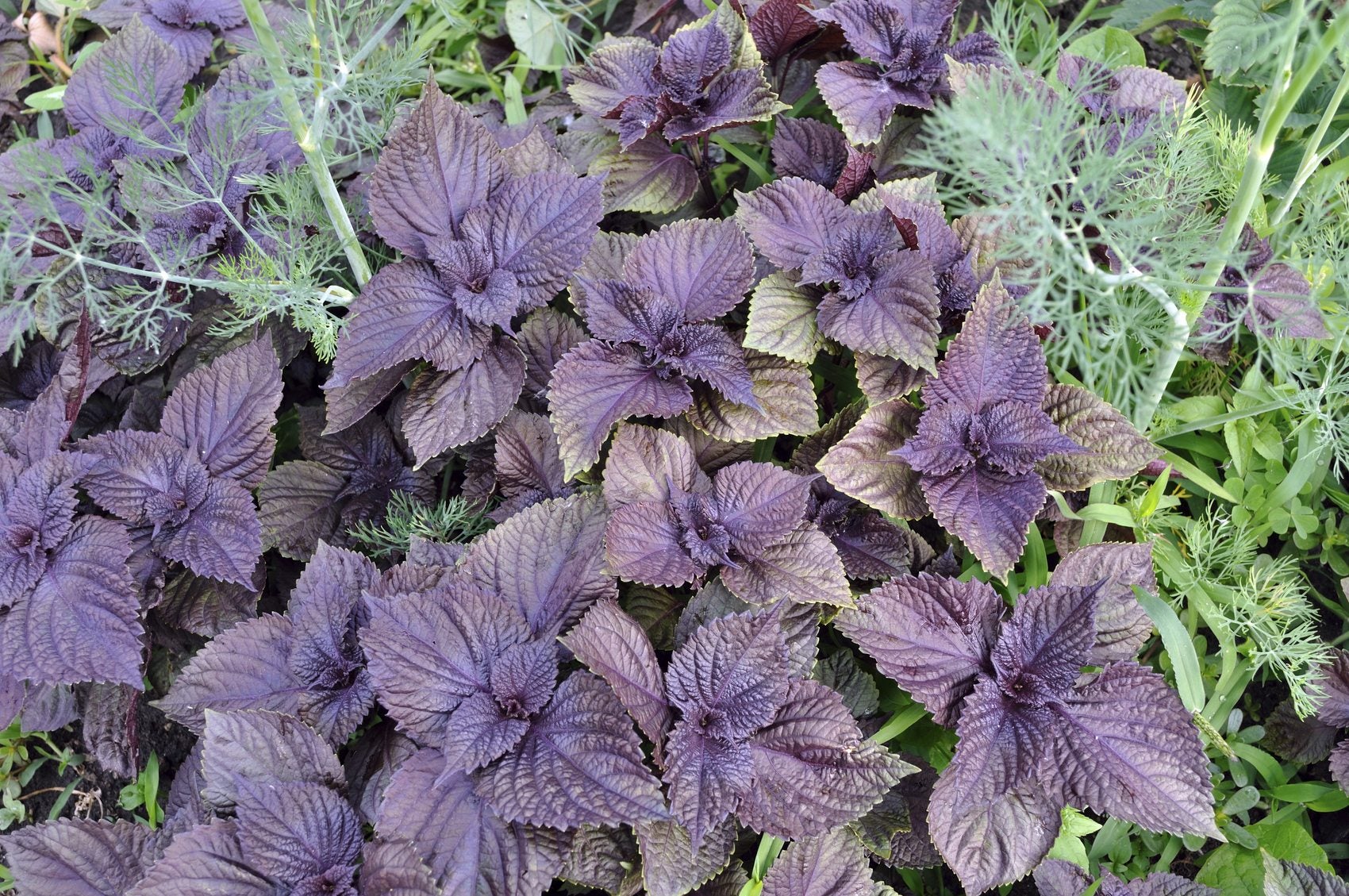 Companion Plants For Dill: What To Plant With Dill In The Garden
Companion Plants For Dill: What To Plant With Dill In The GardenIf you're wondering what to plant with dill, experiment and see what works best in your garden. Here are some suggested dill companion plants - and a few things that AREN'T believed to be good dill plant companions. Click this article to learn more.
By Mary H. Dyer
-
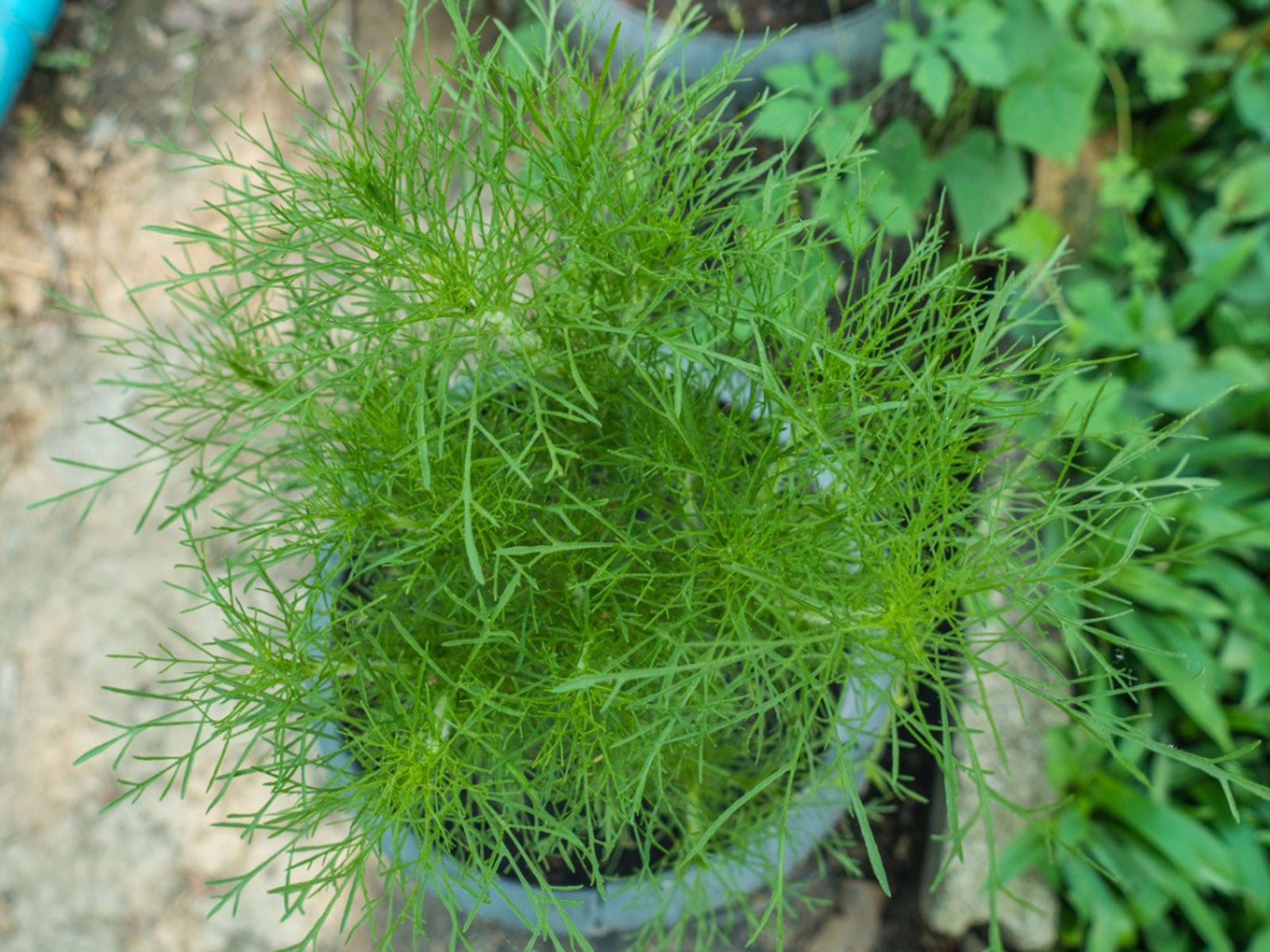 Potted Dill Plant Care: Tips For Growing Dill In Containers
Potted Dill Plant Care: Tips For Growing Dill In ContainersHaving dill in a container near or in your kitchen is a great way to get the most out of cooking with it. How do you grow potted dill plants? Click here.
By Liz Baessler
-
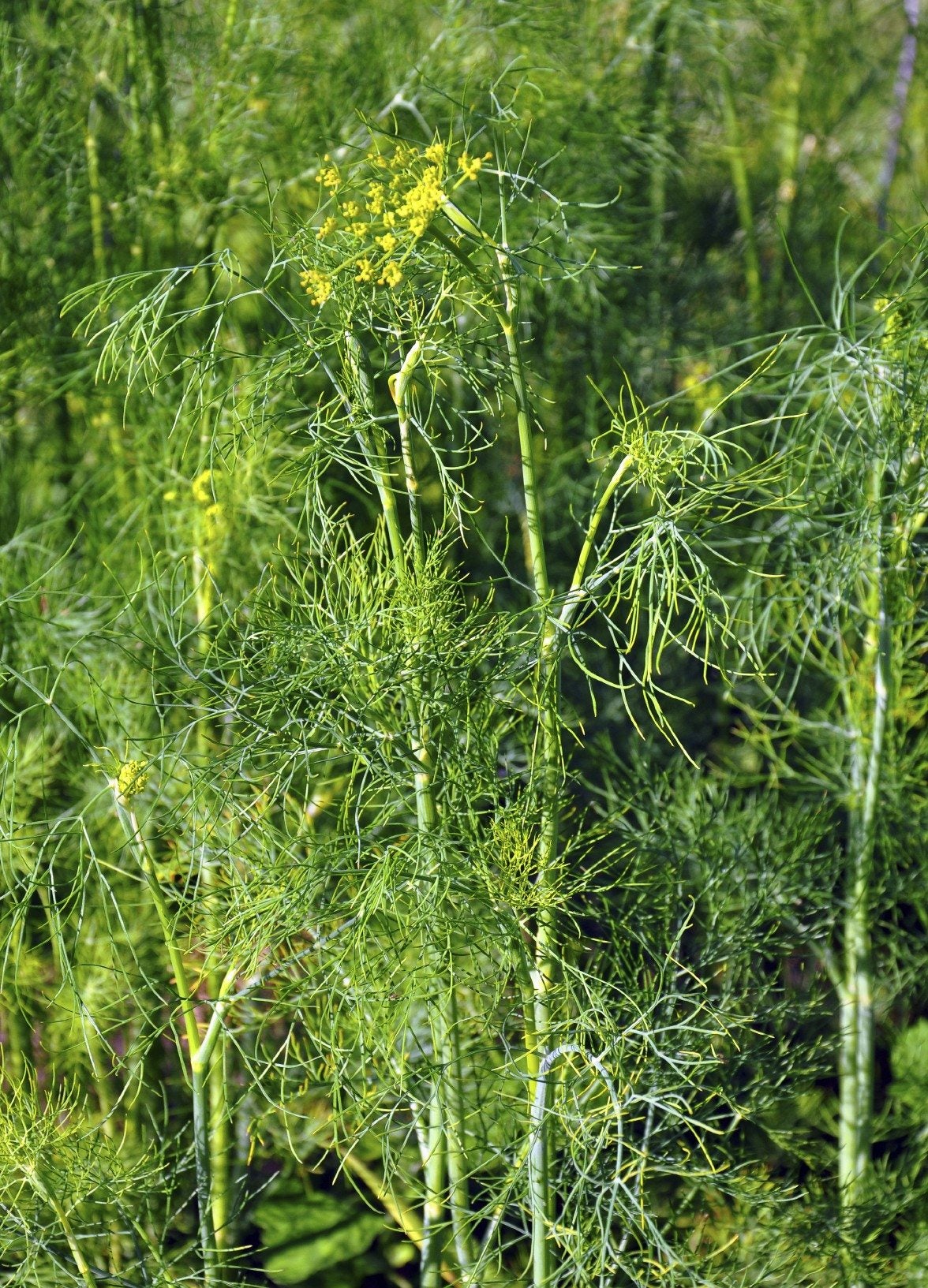 Dill Plant Types: What Are Some Different Varieties Of Dill
Dill Plant Types: What Are Some Different Varieties Of DillDill is a great herb to have around. It has fragrant, delicate foliage, bright yellow flowers, and a flavor like none other. But there are a few different varieties of dill, and it may not be easy to know which one to grow. Click here to learn more about it.
By Liz Baessler
-
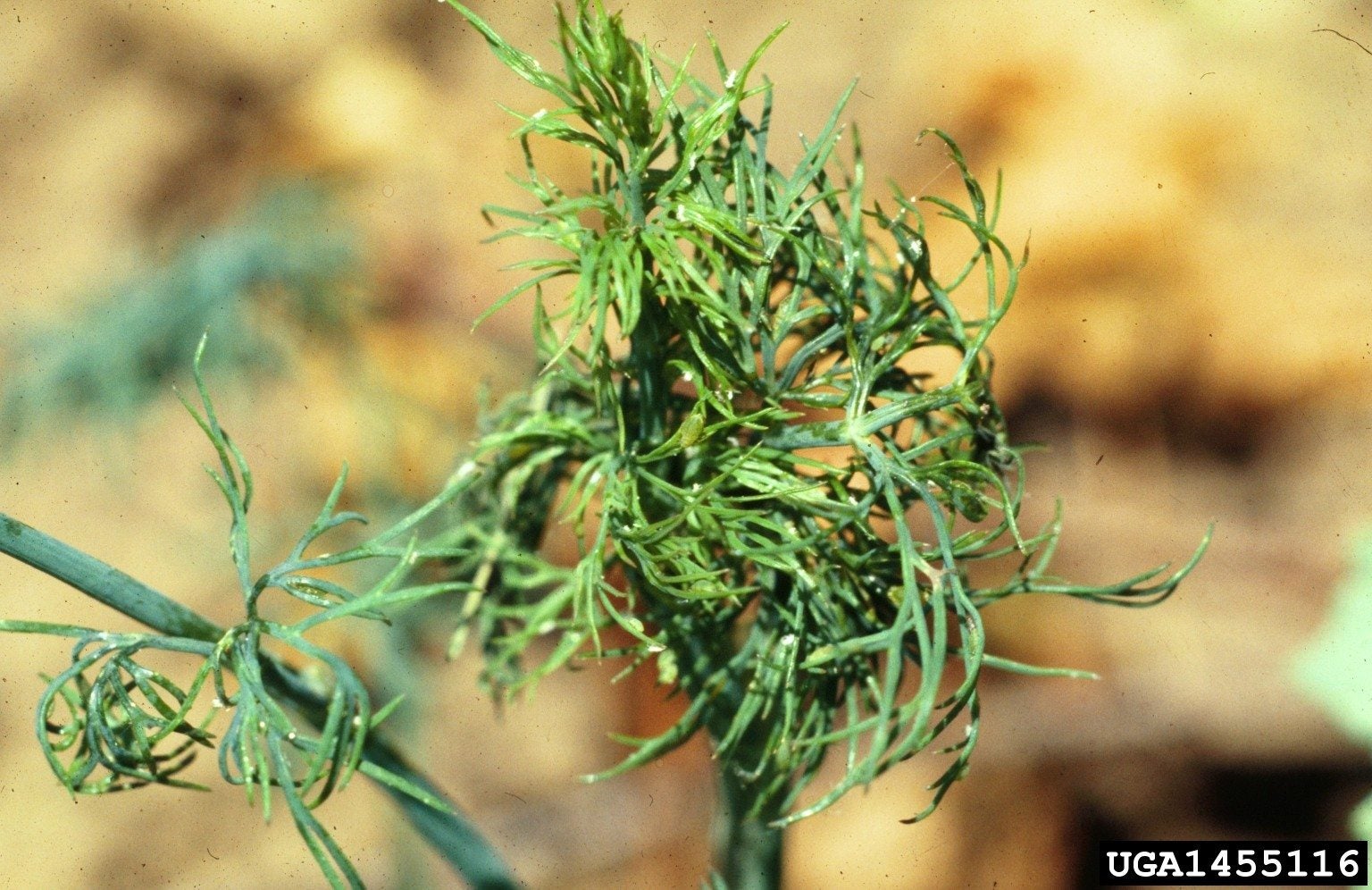 Dill Plant Diseases – Tips For Treating Issues With Dill
Dill Plant Diseases – Tips For Treating Issues With DillThe average gardener may have to deal with his or her share of dill plant problems, from pests to dill plant diseases. The following article contains information on identifying and treating diseases affecting dill plants. Click here for more info.
By Amy Grant
-
 Yellowing Dill Plants: Why Is My Dill Plant Turning Yellow
Yellowing Dill Plants: Why Is My Dill Plant Turning YellowYellowing dill plants can be an indication of incorrect cultural care, improper site, insects or disease as well as an indication to end of season. If you are asking, "why is my dill plant turning yellow," click here for more information about common causes.
By Bonnie L. Grant
-
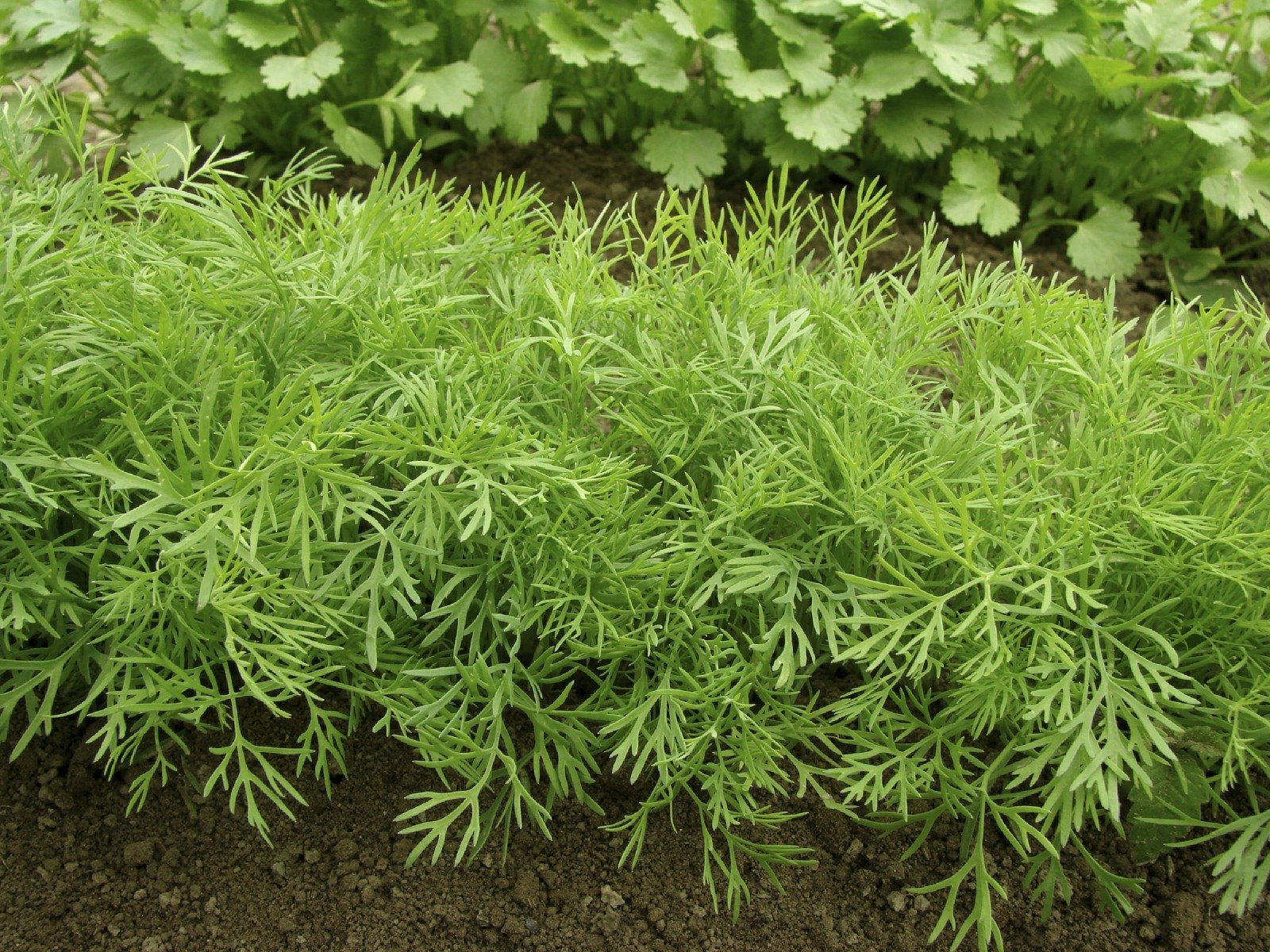 Getting Bushy Herb Plants: How To Trim A Dill Plant
Getting Bushy Herb Plants: How To Trim A Dill PlantDill plants can grow long and leggy, but learning how to prune dill, the plants will produce plenty for your culinary uses. Learn more here.
By Gardening Know How
-
 Why Is My Dill Flowering: Reasons A Dill Plant Has Flowers
Why Is My Dill Flowering: Reasons A Dill Plant Has FlowersSo you say, "My dill plant is flowering." This may be a good thing or a bad thing depending upon which part of the plant you use most often. Learn more about flowering in dill plants in this article and decide which applies to you.
By Bonnie L. Grant
-
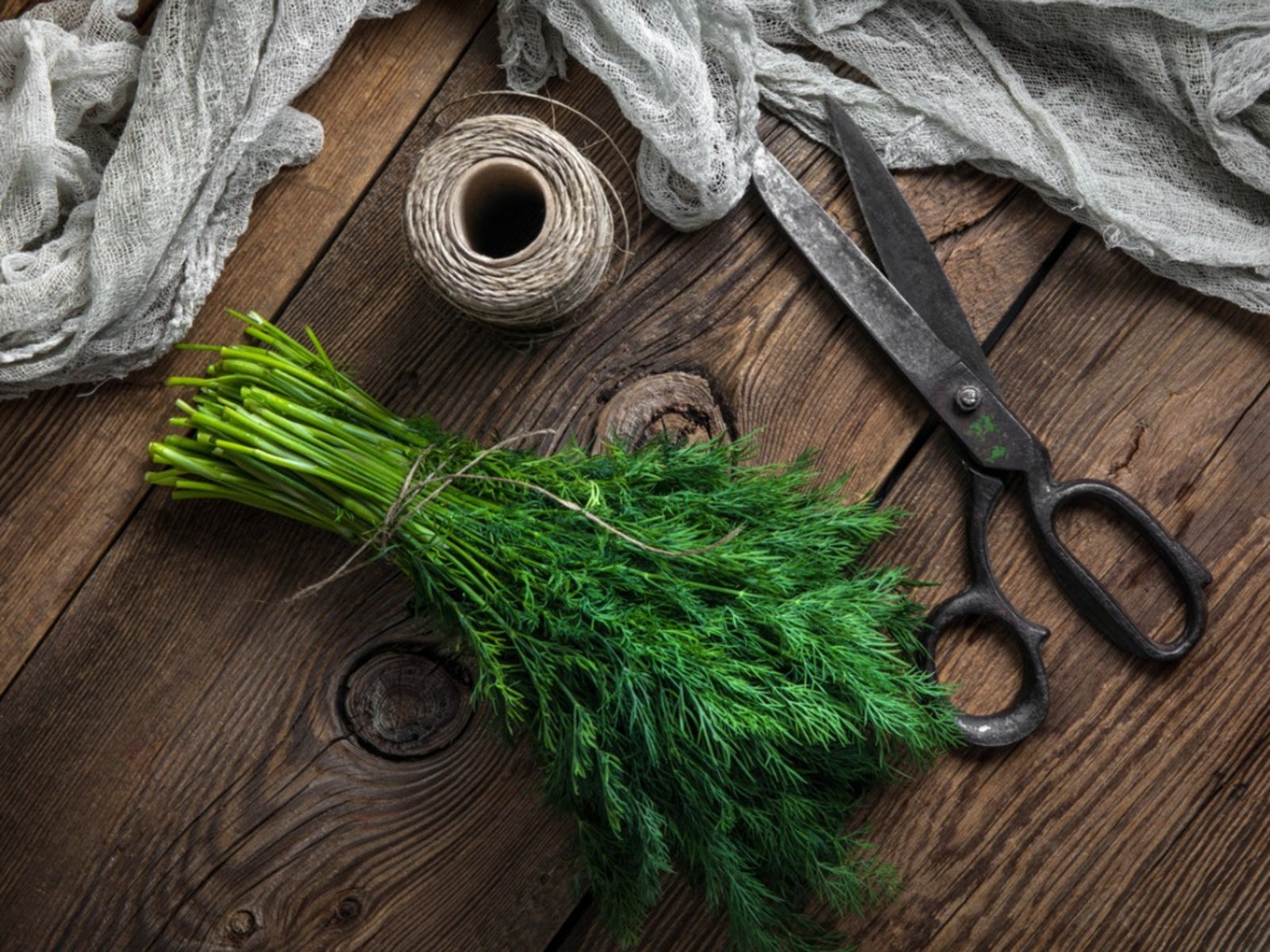 Information On How To Harvest Dill And Drying Dill Weed and Dill Seeds
Information On How To Harvest Dill And Drying Dill Weed and Dill SeedsDill weed is an essential flavoring for pickling. Learn how to harvest dill and how to store dill weed to keep the delicate flavor around all year. This article will help, so click here for more info.
By Bonnie L. Grant